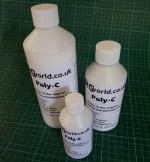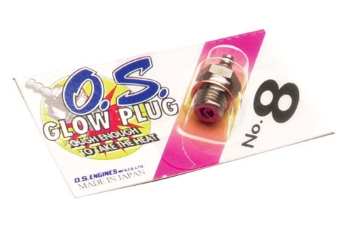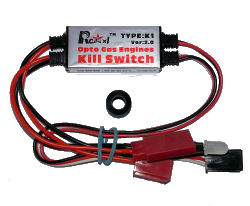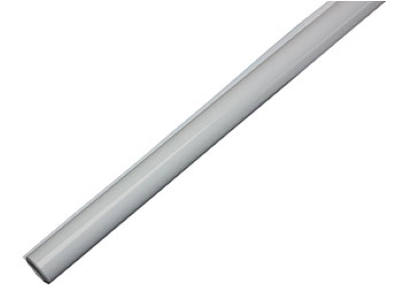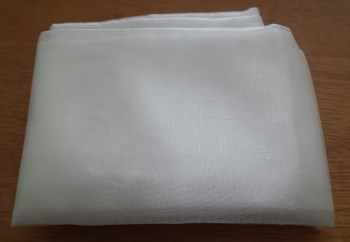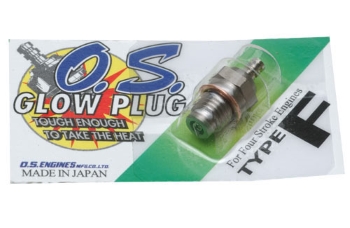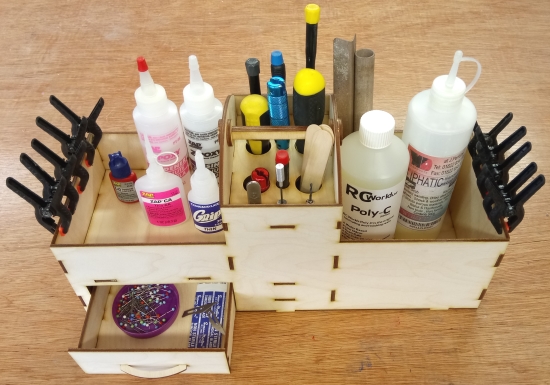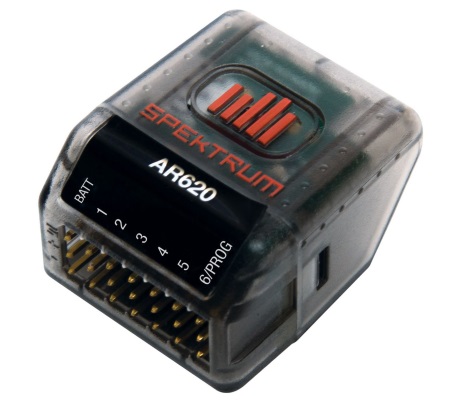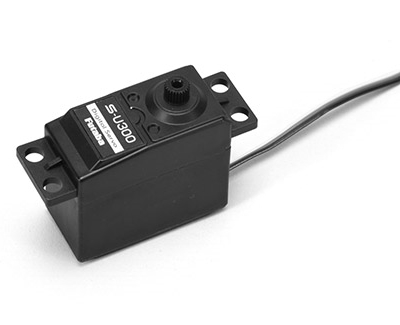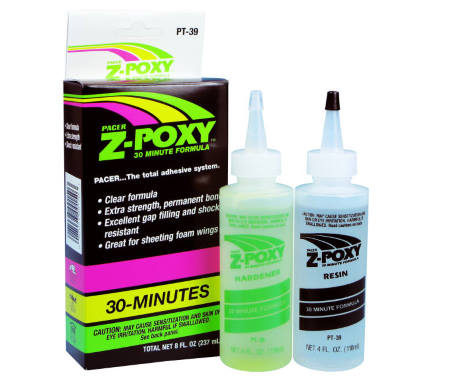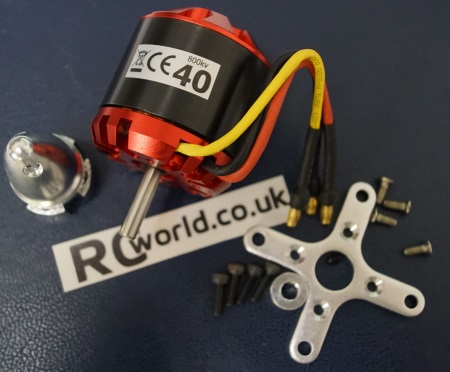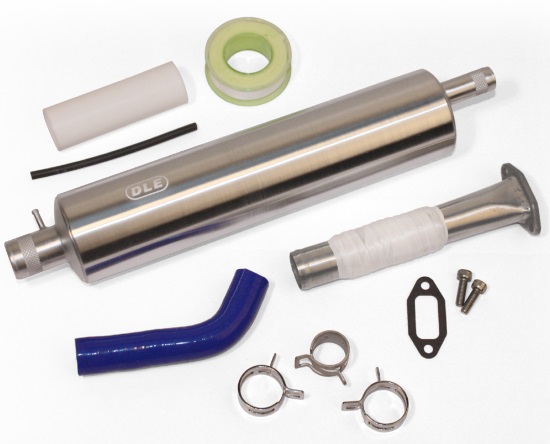So what is Poly-C
Poly-C™ is an industrial Polyurethane water based varnish with an additional additive that is used to cover models with Nylon, Tissue or Glass cloth. It is very similar to glass resin although there is no mixing and it is water based. It usually dries in 20 - 30 mins in a room temperature and although it doesn't dry as hard as glass resin it certainly is strong enough for a light weigh covering. 1 x 500ml bottle should cover a standard size plane similar to an Acrowot with approx 4 - 8 coats. Being water based it goes a long way.
Please don't be fooled with other water based Polyurethane varnishes our Poly-C™ is the original and contains an adhesive agent to allow the nylon or cloth to adhere to the wood at a molecular level.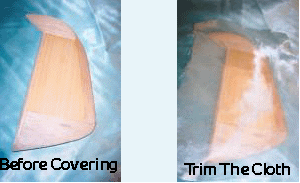
Poly-C™ Application Instructions
Poly-C™ requires no special tools or mixing, the only tools needed are a ½" -2" paintbrush, a sharp pair of scissors and a sharp knife or blade. Take the object to be covered and lay the cloth over the area, and allowing at least a 1” overlap cut the cloth to shape (don’t worry about being exact, as long as the cloth is bigger than the object). For models of less than 70”, or electric use 0.6oz cloth or if weight is an issue, other cloth weights available are 1oz 1.5oz and 2oz available

Applying
Dip the paintbrush into the Poly-C™ and wipe off the excess (just like painting with gloss type wood paint), starting from the middle paint using outward strokes, working your way from the centre. Keep going and paint the whole of one side in one step. Should the object be thin, then you must either pin the object down, or do both sides at the same time to avoid warping.

Trim
Using a sharp knife or blade trim away the excess cloth leaving a small amount if you want to overlap the cloth around the edges. After trimming the cloth, re-dip the brush into the Poly-C™ and apply a second coat, once again clean the brush and allow the solution to dry (a further 20 minutes). Closer examination will show why many coats have to be applied, the weave of the cloth must be filled in multiple coats, don’t be tempted to apply by the bucket full, Poly-C™ must be gradually built up, to ensure the chemical bond.
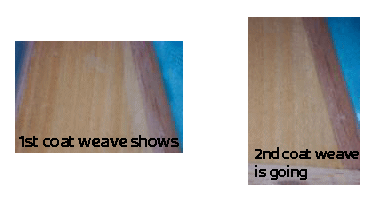
Additional Coats
Whether you decide to keep applying the Poly-C™ until the weave is filled on one side at a time is your choice, alternatively after the first two coats, turn the object over and repeat on the other side. A word of warning, because Poly-C™ is water based, its viscosity will cause it to flow a long way, and its easier to wipe it off the other side if it runs, than allow it to dry. After the weave has been filled (usually between 3 ~ 6 coats depending on material used) the object should have a very light sand to produce a nice smooth finish. If the finish is not as desired then more Poly-C™ may be applied, and sanded until you are happy with the final result, many coats of Poly-C™ are not even the same weight as 1 coat of epoxy.
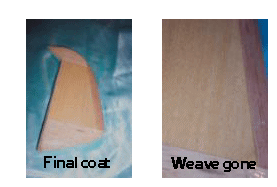
Finishing
A whole airframe may be completed in under a few hours, from start to priming. Poly-C™ is fuel proof to diesel, glow and petrol, and may also be applied as a fuel-proofing agent to engine bays etc. Poly-C™ accepts most paints, but benefits from a primer to provide a good key.
Poly-C™ has been experimented with quite a lot recently including tinting with powder paint and ink jet ink to provide a coloured finish, without colouring Poly-C™ dries to an almost transparent state.
